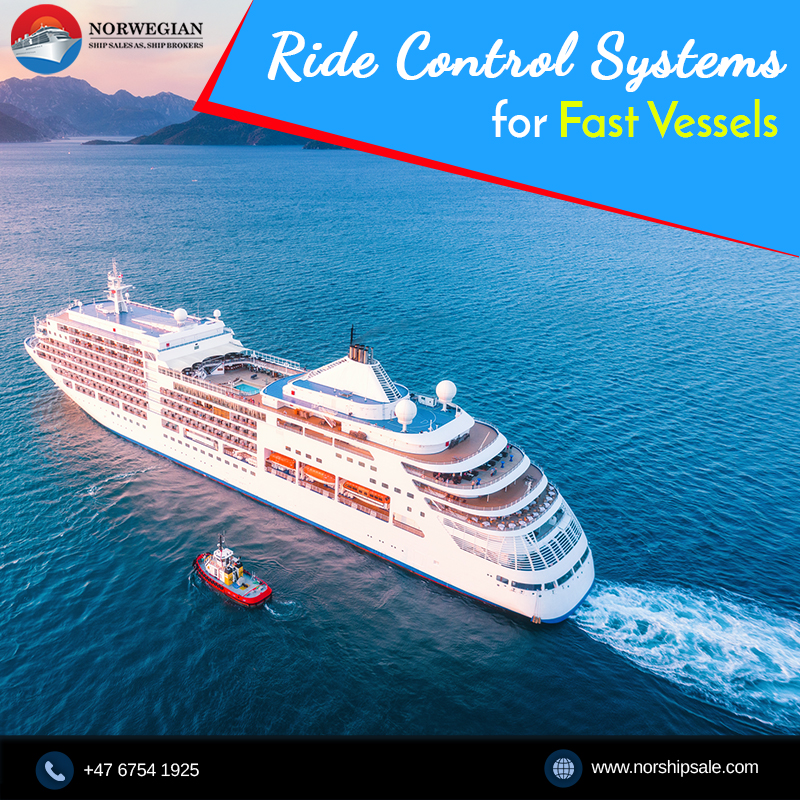The rising demand for monohulls that can operate in offshore conditions at a high speed opens the scope for improving their seakeeping performance.
During the earlier days, the design process was solely aimed at obtaining the highest forward speed by reducing water resistance. This resulted in fast monohulls with bad seakeeping behaviour.
In the last decade, researchers and designers focused more on improving the seakeeping behaviour of the passenger ferries for sale.
An effective means to lower the violent motion behaviour of the fast vessels in the waves can be found in advanced motion control systems in conjunction with the application of active control devices.
Advanced hull shape design has improved the behaviour of the vessels in waves.

Reasons for The Demand of Rapid Control System
One of the major issues with the fast ships is their usually limited ability to remain fully operational at a high forward speed in large waves.
Extremely rapid motions and specifically the occurrence of large vertical acceleration levels resist the crew from availing the total advantage of the speed performance of such vessels.
That’s why voluntary speed reduction is often necessary to ensure a safe and comfortable ride. It also helps to prevent any constructional damage to the ship.
However, the operational profiles of these vessels demand high speed performance in the offshore conditions.
Changing hull form parameters for improving the seakeeping characteristics compels one to compromise on the calm water resistance performance. On the other hand, increasing the deadrise angle results in a considerable profit in the seakeeping ability.
Further research on the seakeeping behaviour of planing models reveals some striking facts. The researchers come to the conclusion that other than the deadrise angle, the dynamic trim (or running trim) is an equally crucial standard to determine the seakeeping behaviour.
Therefore, both the hull form design and the ship’s actual position in the water at a particular speed can significantly influence the vessel’s seakeeping performance.
Advantages of Ride Control System
Use of the ride control system can effectively improve the motion behaviour of the ship in the waves by adequately controlling its position at a specific speed. Model test experiments conducted by the researchers indicate a significant reduction in the heave and pitch motion of a planning vessel that has the provision of active transom flaps.
The deflection angle of these transom flaps is proportional to the pitch velocity of the ships. Such a control scheme turns out to be quite effective in reducing the motions of the vessels sailing in regular waves.
Nevertheless, even more advanced control systems have to be designed so as to minimize the motion of the fast vessels that operate in irregular wave conditions. One of the valuable tools required for designing such a complex control system is an accurate simulation programme which can predict the outcomes of active devices on the motion behaviour of such fast vessels.
Conclusion
It’s important to contact a reputed shipbroker company like Norwegian Ship Sales AS that can guide you about the latest trends in the shipping market. To learn more about their wide range of passenger ferries for sale, call +47 6754 1925 / +47 9177 6183 or drop a mail at info@norshipsale.no / o.jebsen@norshipsale.no.

